
Fool's Gold
How the Bold Dream of a Small Tribe at J.P. Morgan Was Corrupted by Wall Street Greed and Unleashed a Catastrophe
Reprinted by permission of Free Press, a division of Simon & Schuster, Inc., N.Y.
ISBN: 9781416598572
Pages: 304
Recommendation
This ranks as one of the most thorough, accessible explanations of how the global financial system nearly disintegrated during the great financial crisis that broke in 2008. Gillian Tett traces the development of credit derivatives from their inception at an alcohol-fueled Boca Raton corporate retreat in the early 1990s. She shows how the pioneers struggled with risk management, turning down business that other financial institutions with less regard to risk sought eagerly. She elucidates the building and breaking of the wave of institutional crises – Bear Stearns, Lehman, AIG – during 2007 and 2008, and takes readers inside tense meetings between bankers and regulators at the New York Federal Reserve and the U.S. Treasury. This is capital financial journalism, which getAbstract highly recommends to any reader who hopes to get a better understanding of the forces at work in the financial crisis.
Summary
About the Author
Gillian Tett, Ph.D., runs global coverage for the Financial Times. She was named British Business Journalist of the Year in 2008 for her coverage of the financial crisis.







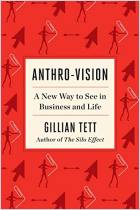
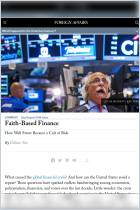

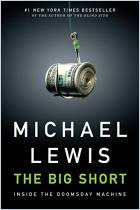
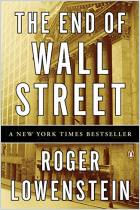
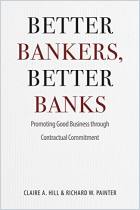
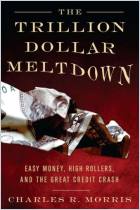
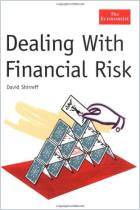
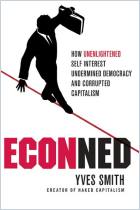



Comment on this summary or Start Discussion